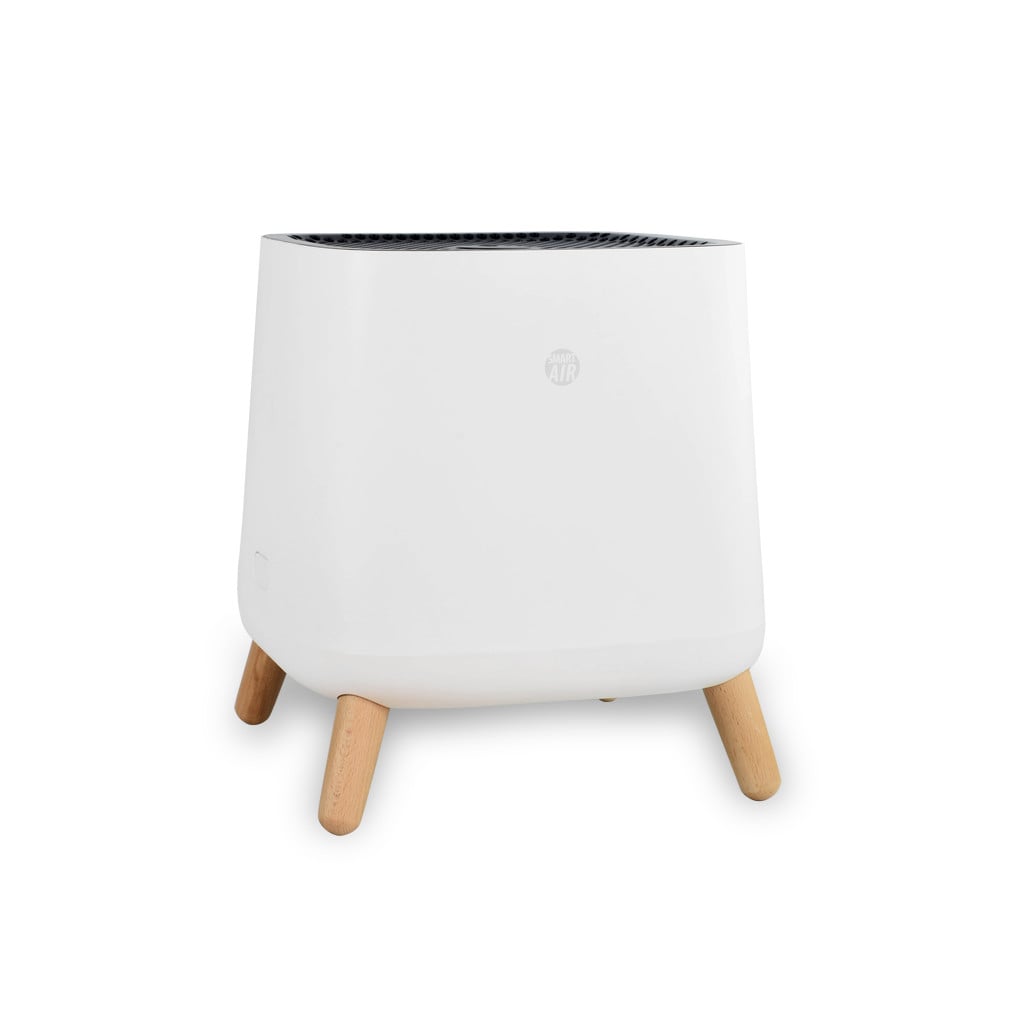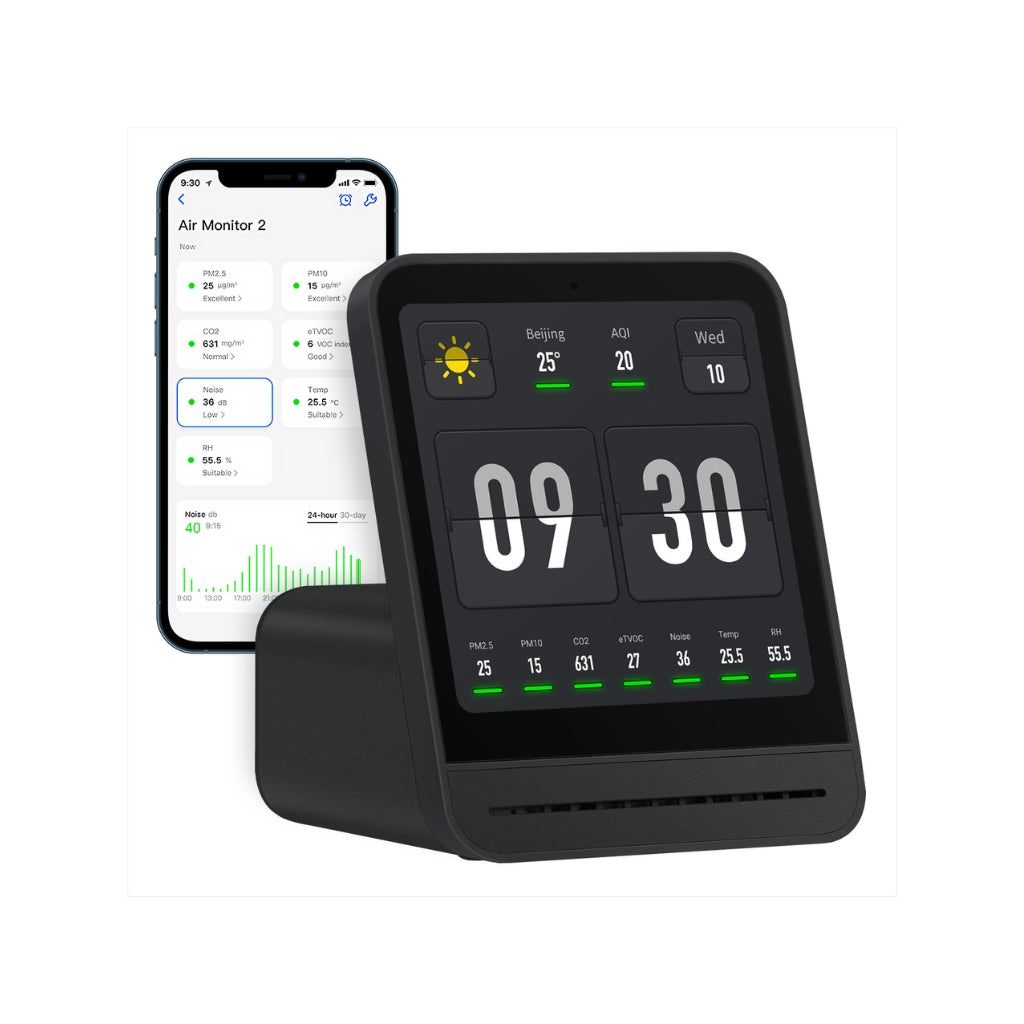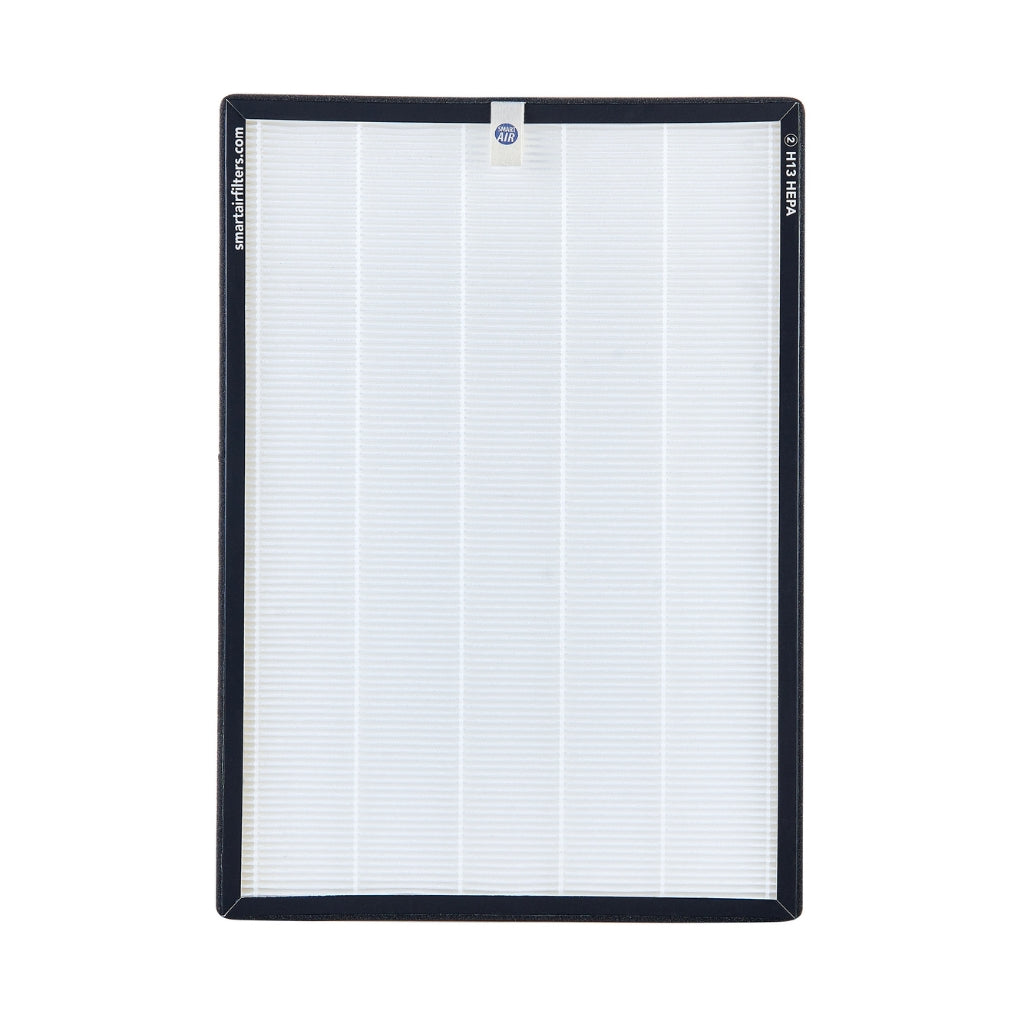
Uncovering the Best Air Purifiers for Your Allergy Relief Journey
Springtime in New Zealand brings new growth, vibrant blossoms and finally a warm change to the chilly air. Unfortunately with this change, it’s also the season of sneezes, itchy eyes, and an endless supply of tissues.
If you’ve tried everything from allergy meds to dodging outdoor activities during high pollen days, you might be wondering, can an air purifier help with allergies? Absolutely!
Moreover, you might also be curious, what do the best air purifiers for allergy relief have in common? From HEPA filters to high CADR ratings, let’s unravel the common features of top-notch air purifiers that could be your allies in battling allergies.
What's Ahead:
- Understanding Allergens: What causes them and their impact.
- HEPA Filters: Your frontline defense against airborne allergens.
- CADR (Clean Air Delivery Rate): Uncovering why this rating matters for effective allergy relief.
- Top Picks for Allergy Relief: Some top picks well-suited for New Zealand homes.
- Maintaining Your Air Purifier: Ensuring your device remains an allergy-fighting powerhouse.
- Extra Tips for Allergy Relief: Steps beyond air purification to keep those allergens at bay.
- Avoiding Harmful Features: Knowing what to steer clear of when choosing your air purifier.
Spring Allergens

Spring in NZ brings about allergens for many of us. Understanding common indoor allergens and how they affect your health is the first step toward better allergy management.
Common Indoor Allergens
Pet dander, pollen, dust mites, and mould spores are among the usual suspects that trigger indoor allergies. Outdoor allergens like pollen, grass etc will often make their way indoors causing allergic reactions.
How Allergens Affect Your Health
These airborne particles can cause symptoms ranging from sneezing and itchy eyes to more severe respiratory issues, particularly for asthma sufferers.
HEPA Filters: Your Defense Against Airborne Allergens

HEPA (High Efficiency Particulate Air) filters are proven champions in trapping airborne allergens.
How HEPA Filters Trap Allergens
HEPA filters are the gold standard for filtering particles. With their tight weave of random fibers, they can capture particles smaller than 0.01 microns. With pollen sizes starting at about 10 microns in diameter, HEPA filters effectively capture these sneeze inducing particles.
Different Types of HEPA Filters
Though there are variations, the efficacy against allergies across HEPA filter types is quite consistent. An H11 rated filter capturing 95% of particles may sound vastly inferior to an H14 filter with a > 99.995 capture rate. However this is based on the trickiest to capture 0.3 micron sized particle. With pollen and common allergens being much larger in size, what matters more is the CADR of the air purifier.
The Significance of CADR (Clean Air Delivery Rate)

Understanding CADR helps you choose an air purifier capable of handling the size of your space.
CADR Explained
A higher CADR indicates a more efficient air purifier that can clean larger volumes of air at a faster rate. This means allergens will be removed from the room faster.
Debunking Misleading Room Size Recommendations
We've found many manufacturers in New Zealand using very exaggerated room size claims. To avoid this, compare models based on the industry standard CADR for a more accurate representation of their capability.
Top Picks for Allergy Relief

Finding the right air purifier for your space can significantly improve your allergy symptoms.
Choosing an air purifier model
While researching you're bound to encounter a multitude of air purifiers and review sites claiming theirs is the "best for allergies,". Don't fall for this marketing and buy an overpriced air purifier! The reality is very simple, ANY air purifier equipped with a HEPA filter and high CADR will serve you well.
Our range
If you're seeking reliable yet affordable options, check out our air purifier collection. All our models feature HEPA filters, high CADR and low noise levels.

Extra Tips for Allergy Relief
Some additional measures can further alleviate your allergy symptoms.
Housekeeping Measures
Using a vacuum cleaner with a HEPA filter and keeping windows closed during high pollen days can help.
Night-time Relief for Allergy Sufferers
If you find yourself waking up with a stuffy nose, consider placing a quiet air purifier in your bedroom. Typically below 30dB on low will be suitable for most people. Be cautious of models with illuminated displays that might disturb your sleep.
Our air purifier collection contains affordable models that are exceptionally quiet, perfect for undisturbed slumber.
Avoiding Harmful Features

Ionisers: More Harm than Good
Despite the claims, ionisers can actually make your allergies worse by releasing ozone, a lung irritant. These are also known as negative ions, and unfortunately a number of models sold in New Zealand contain this potentially harmful feature.
The Myth of UV Lights
UV lights in air purifiers are generally ineffective in residential settings and add unnecessary costs to your purchase. There is no benefit for allergy sufferers here, just an additional cost.
Final Thoughts
Investing in an air purifier can be a transformative experience for anyone who suffers from allergies. Remember, the key lies in choosing a device with a HEPA filter and high CADR, while avoiding potentially harmful features. Our air purifier collection makes this choice easier than ever, offering affordability without compromising performance.
Share































